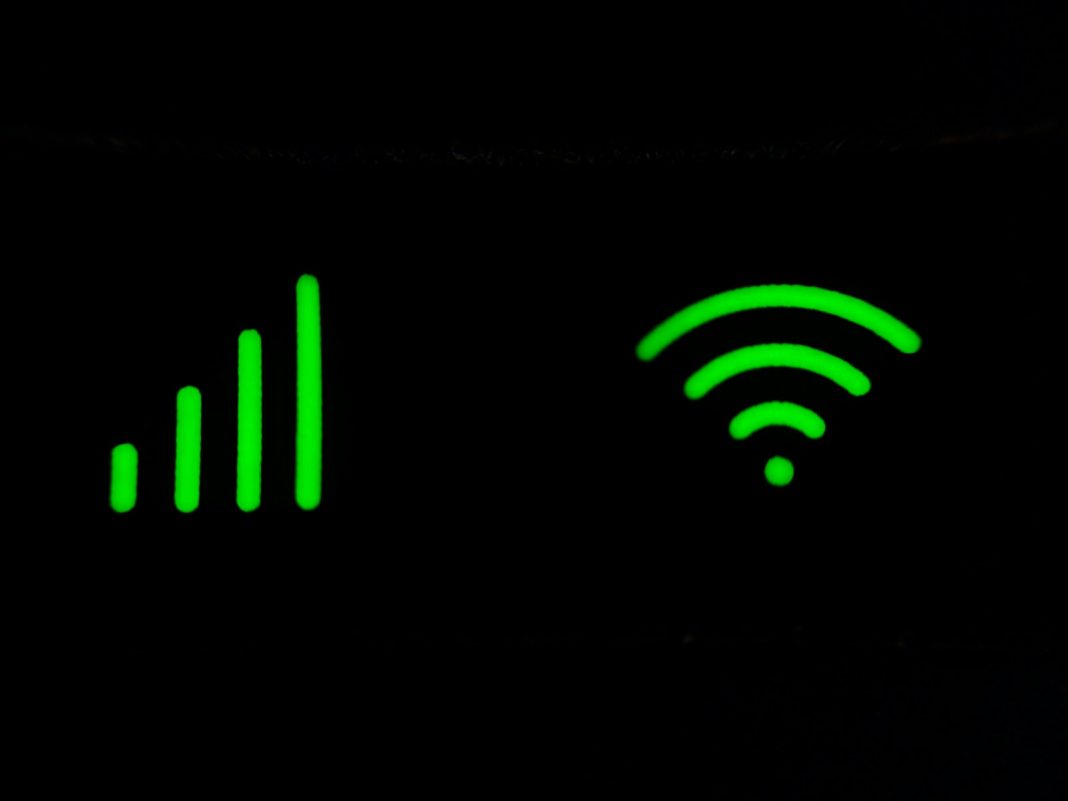In an era where reliable internet access is essential for daily life, concerns over the security of one’s Wi-Fi network have become increasingly prevalent. With the possibility of outsiders clandestinely leeching off your bandwidth, it’s imperative for individuals to safeguard their connections against unauthorised access. But how can one detect and deter these Wi-Fi freeloaders?
A common symptom of potential Wi-Fi theft is a noticeable slowdown in internet speeds, prompting individuals to investigate whether their network is being exploited by uninvited users. While various factors can contribute to sluggish connectivity, identifying and addressing unauthorised access is crucial for maintaining network integrity.
One method often suggested involves a simple reset of all wireless-capable devices within the household and monitoring the router’s wireless signal light for any continued activity. However, this approach may not be fool proof in homes with numerous devices constantly connected to the network.
For a more comprehensive assessment, utilising specialised applications can provide valuable insights into the devices accessing your Wi-Fi network. Apps like Wi-Fi Thief Detector, Paessler PRTG Network Monitor, Wireless Network Watcher, and Fing offer functionalities ranging from device enumeration to real-time traffic analysis, empowering users to pinpoint suspicious activity and take appropriate action.
Furthermore, accessing the administrator logs via the router’s administration page offers a direct method of scrutinising connected devices. By comparing the listed MAC addresses with the known devices in one’s household, individuals can discern any unauthorised intruders siphoning off their internet.
To bolster Wi-Fi security and mitigate the risk of unauthorised access, implementing robust preventive measures is essential. Simple steps such as setting a strong password and changing default router credentials can deter casual intruders. Additionally, upgrading to routers featuring advanced encryption protocols like WPA3 offers heightened protection against potential breaches.
In cases where suspicion persists despite security enhancements, proactive measures such as MAC filtering can be employed. This feature allows users to selectively block specific MAC addresses from accessing the network, effectively barring unauthorised devices from leeching off the Wi-Fi connection.
However, it’s crucial to remain vigilant even after implementing these measures, as determined hackers may attempt to circumvent security protocols by spoofing MAC addresses or employing other tactics. Regular monitoring of connected devices and prompt action against suspicious activity are paramount in maintaining Wi-Fi security.
Ultimately, ensuring the integrity of one’s Wi-Fi network is not only a matter of personal convenience but also a fundamental aspect of cybersecurity. By adopting proactive strategies and leveraging available tools, individuals can safeguard their internet connectivity against unauthorised access, thereby promoting a safer and more secure online environment for all.


